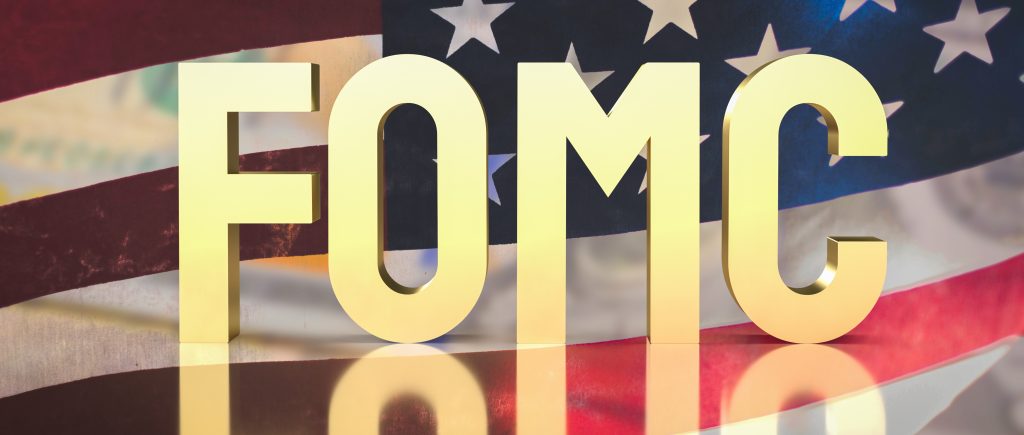The Fed has just enacted its second interest rate cut in a row, lowering the federal funds target range to a decisive 3.75 percent to 4 percent. This action, which brings the benchmark rate below 4 percent for the first time since late 2022, was a clear response to mounting concerns over the labor market. However, the decision was made under a heavy cloud of economic uncertainty, sparking a provocative question: Is the central bank’s urgency to ease policy outpacing its available data?
The core of the issue is the central bank’s fundamental commitment to being data-dependent. Yet, due to the ongoing government shutdown, policymakers are operating with a severely fragmented view of the U.S. economy. While the Fed received a timely release of the September inflation figures (required for Social Security calculations), a host of critical economic reports—including key job and October inflation data—are either delayed or completely unavailable.
The decision to cut rates today, despite this information vacuum, sends a powerful signal. It suggests that the Federal Open Market Committee (FOMC) saw the downside risks to employment as significant enough to warrant immediate action, even without a complete picture. This aggressive, pre-emptive strike leans into the argument of officials who prioritize the labor market over immediate inflation concerns, chief among them, perhaps, Governors like Stephen Miran, who has consistently argued for a more decisive, half-point reduction.
The FOMC’s choice was therefore not one of clear consensus, but a weighted bet in the face of ambiguity.A Risk-Laden Wager on the OutlookFederal Reserve Chair Jerome Powell emphasized that the central bank faces “no risk-free path.” The current strategy is a precarious wager: it involves cutting rates to support job growth even as overall inflation has shown signs of picking up.
This approach hinges on two major assumptions. First, that recent price pressures—particularly those tied to new tariffs—will be temporary and fade without central bank intervention. Second, that the already-weakening labor market will inherently limit the overall impact of inflation.This divided approach was evident in the vote itself. The strong dissent for a larger cut (Miran) underscored the urgency felt by some officials to counteract potential job losses.
Simultaneously, the persistent worry among other policymakers about inflation settling above the 2 percent target highlights the primary opposing risk. The fact that the Fed has repeatedly faced open opposition in its last three policy meetings—including from officials like Christopher J. Waller and Michelle W. Bowman in July—demonstrates the deeply entrenched philosophical divide that currently defines U.S. monetary policy.
Caution Amidst the Uncharted TerritoryLooking ahead, the Fed is already signaling a likely December cut, a view that was widely held by officials even before this meeting. However, Chair Powell kept his options open today, declining to offer explicit forward guidance.
This caution is fully justified. If key economic data remains withheld, it will be exceptionally difficult for the committee to confidently affirm a December move. Policymakers will struggle to justify further easing without knowing the true state of employment and price stability.For investors and market participants, the message is one of extreme caution.
The very foundation of the central bank’s decision-making—reliable, timely economic data—is currently shaky. This environment of heightened information risk necessitates maintaining a reasonable level of vigilance and remaining fully informed as developments emerge. The Fed has acted, but whether it truly made the right call or simply jumped ahead of the curve remains the pivotal, unanswered question heading into the final months of the year.

 Noor Trends News, Technical Analysis, Educational Tools and Recommendations
Noor Trends News, Technical Analysis, Educational Tools and Recommendations




